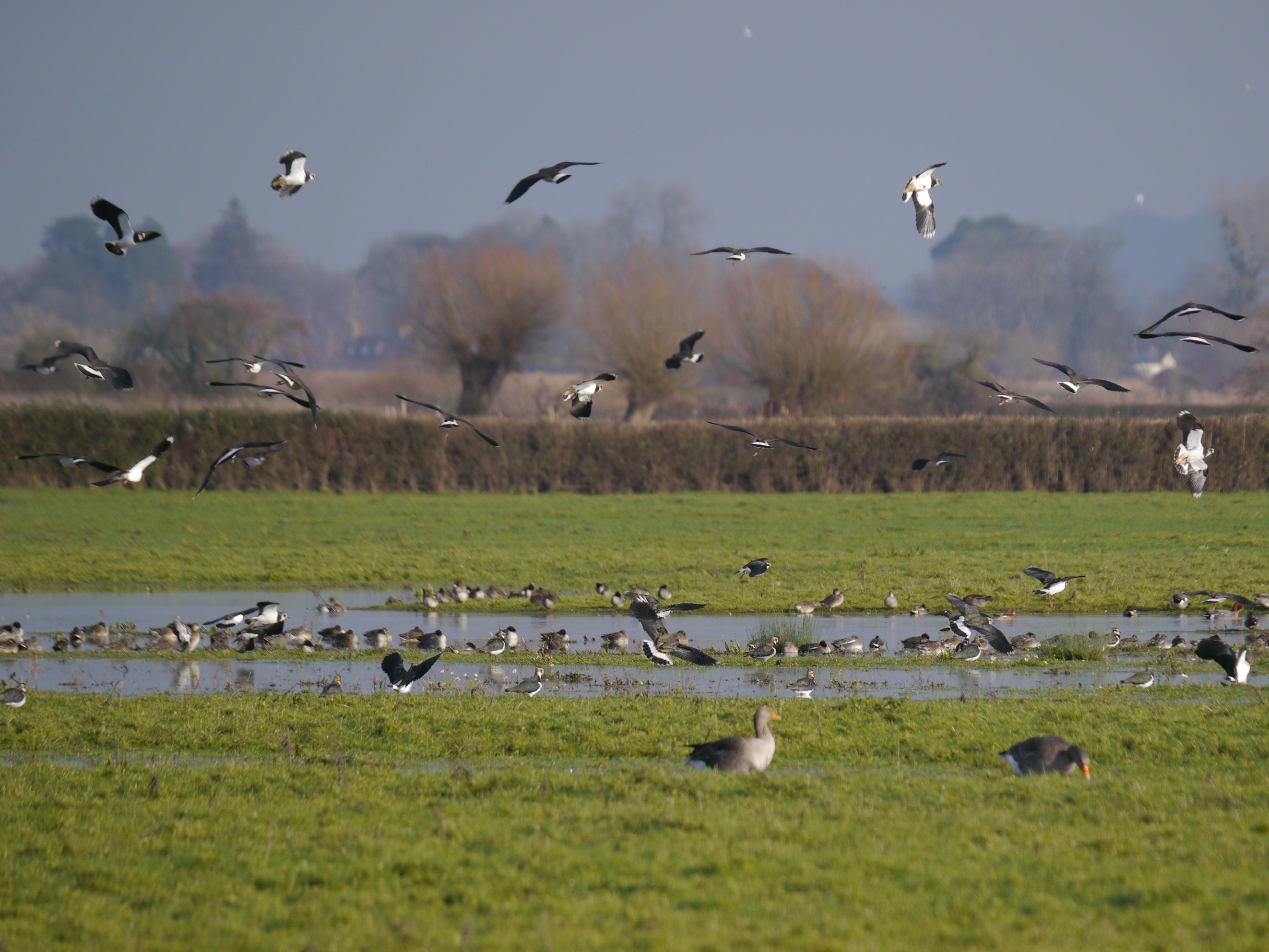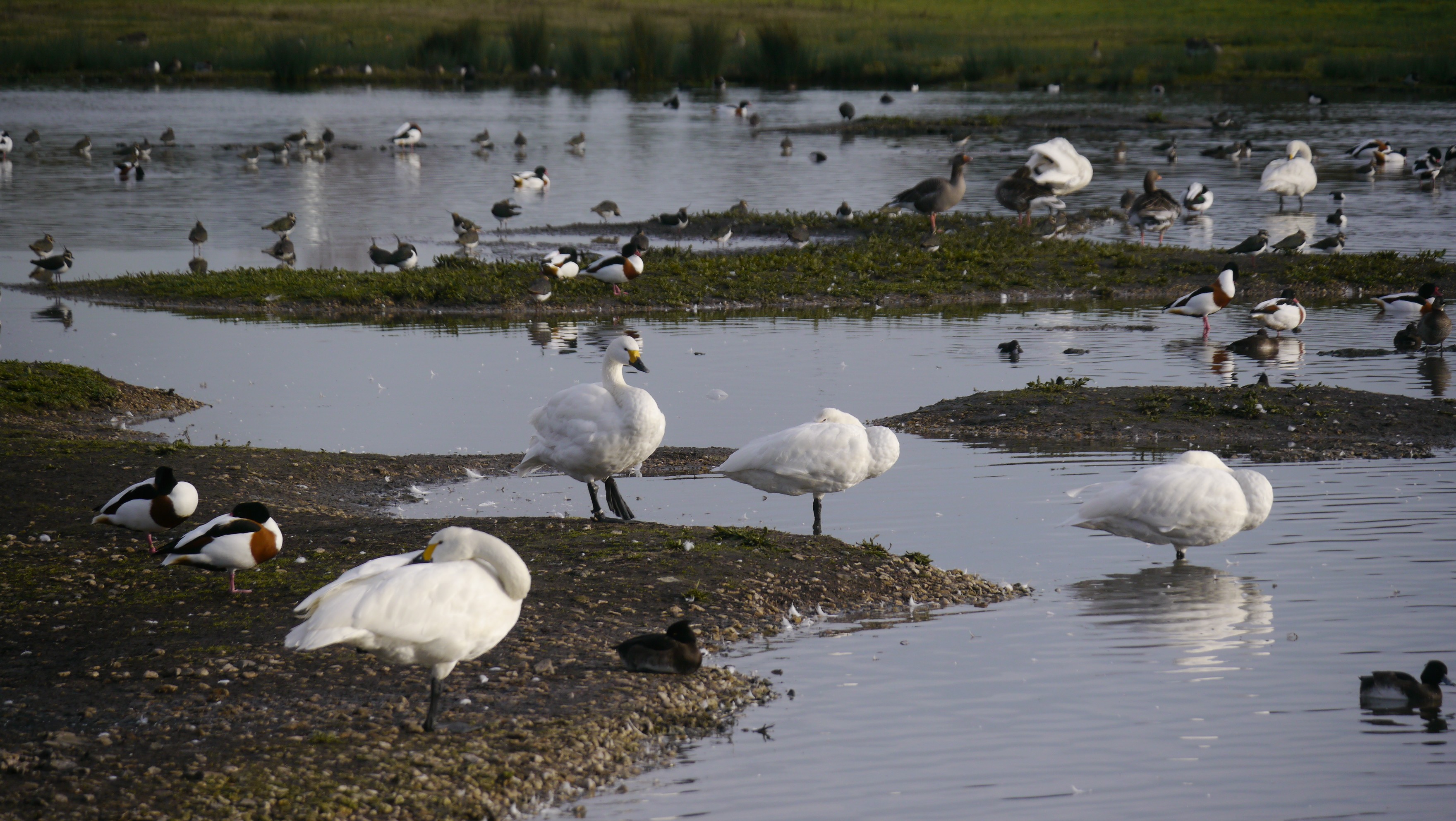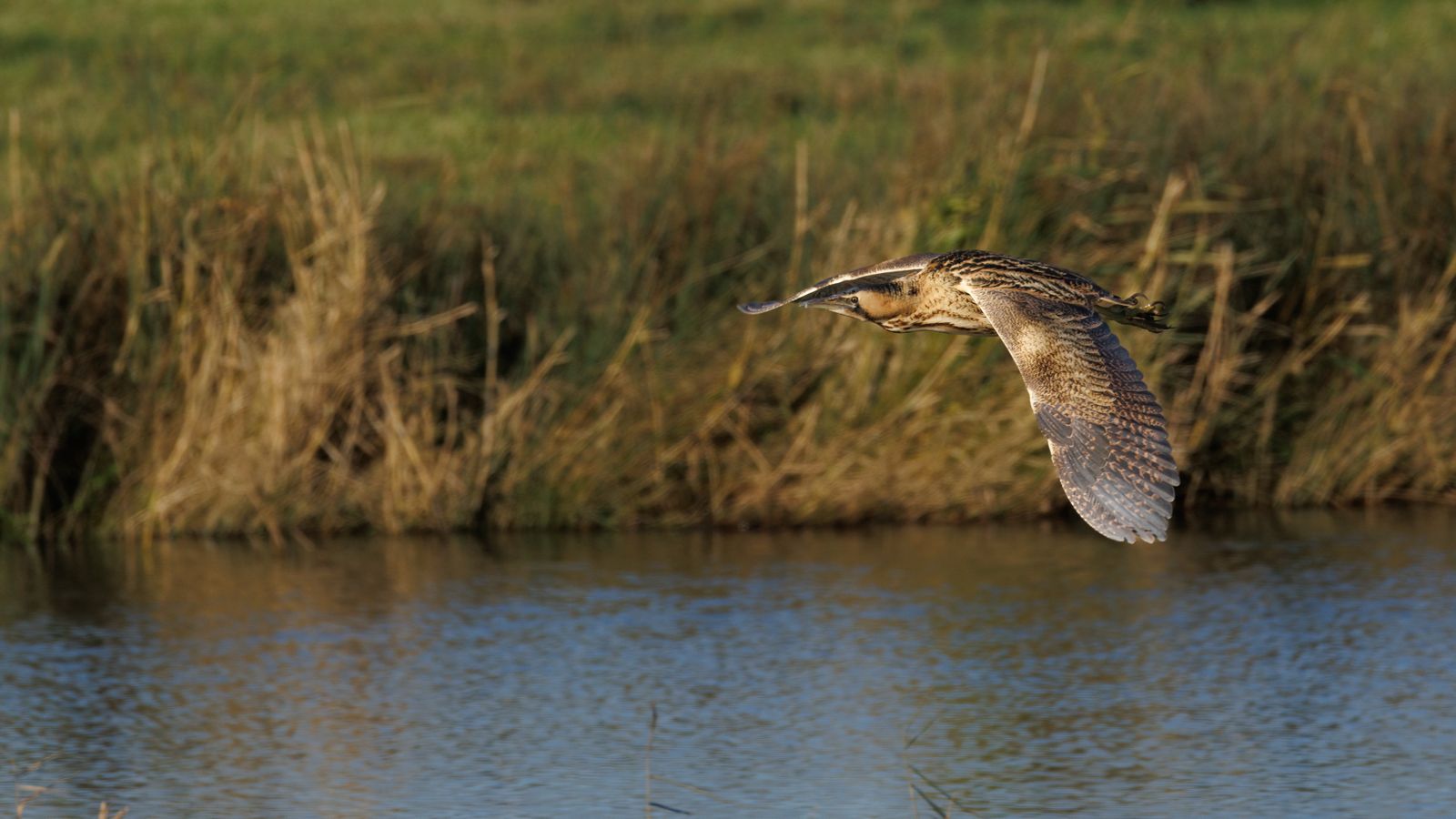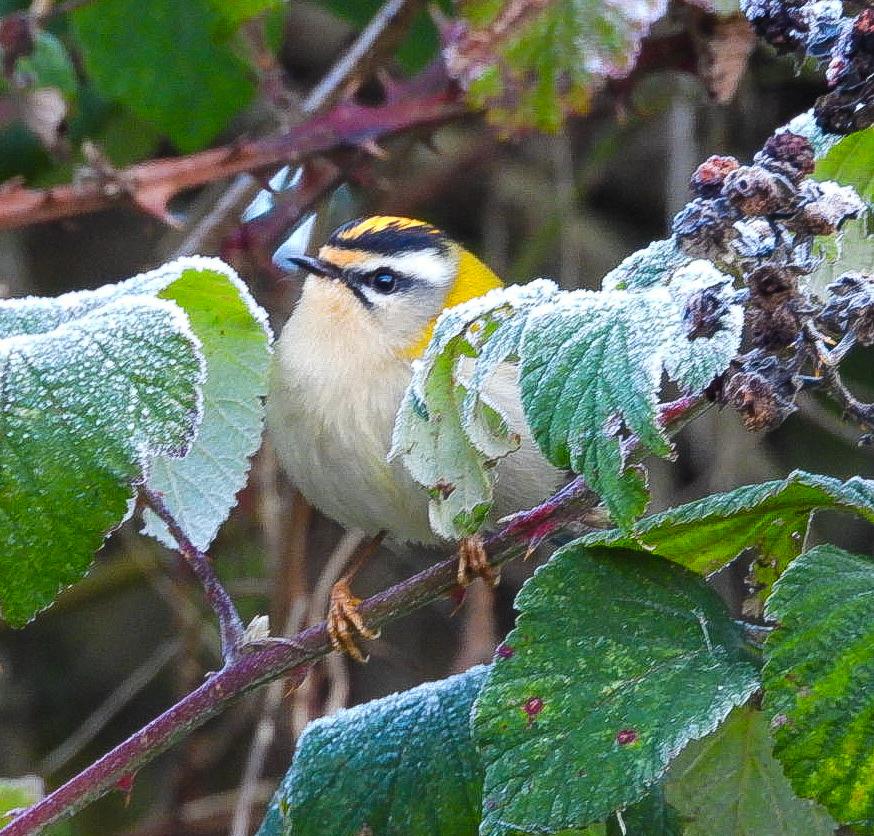Passage and breeding waders
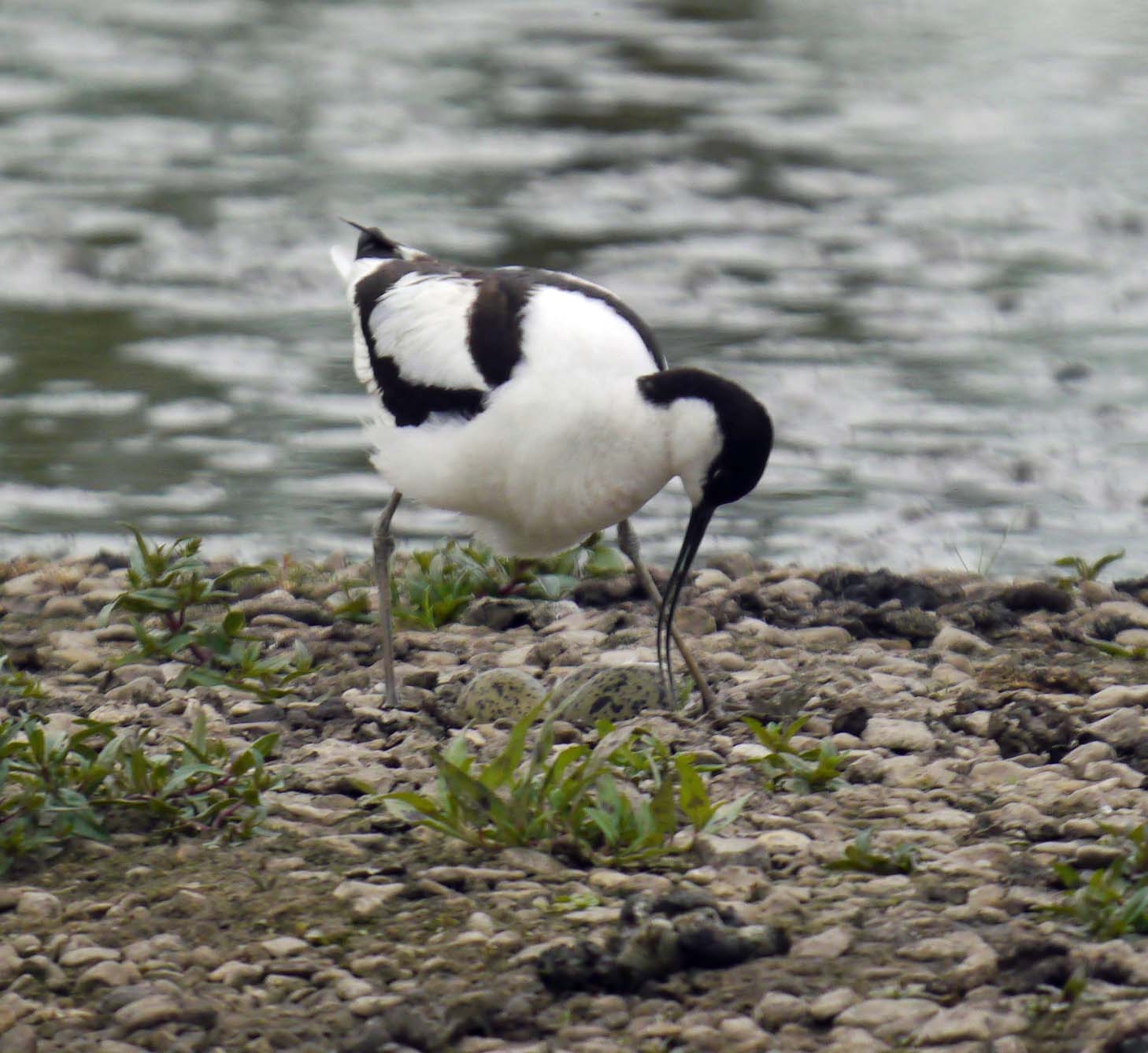
As we reach the end of May the migration has slowed but certainly isn't over as proven today. The estuary provided the most interest for species that stop off to rest and feed before moving on. The wader scrapes are dominated by Avocets, the breeding waders are experiencing high levels of predation, just about everything that is able is trying to eat them!
Highlights from this morning's hide round were as follows with additional reports.
Top New Piece
A breeding plumage Curlew Sandpiper was feeding on the islands over the high tide, it was mobile and not seen at 1035am, liekly to have gone out to the Severn to feed but it may return on tommorow's tide. The three immature Spoonbills, Great Egret and G. Heron were in the shallows, 10 Swift feeding over, drake Wigeon, 35 drake and 3 female Gadwall, a pr of Teal, 5 drake Shoveler and 20 Avocets.
Middle Point over high tide
The shelf on the edge of the Dumbles hosted c6 Sanderling, c 35 Dunlin, c10 Ringed Plover, 3 Whimbrel, 27 Curlew, 6 Grey Plover (inc breeding plumage), 2 Oystercatcher, 78 Shelduck, 35 GBB Gull and 2 Barnacle Geese.
Tack Piece
24 Barnacle Geese, 6 Lapwing, 5 Avocet, 2 drake Gadwall
Estuary Tower
Crane pair with two chicks (Oakie/Sherbert) who bred on the Top New Piece and Evie and Monty feeding independently during the morning, we are usnure if they are still incubating, 12 Avocet on the scrape with broods of 4, 1 and 1.
Long Ground Pool
A Great Crested Grebe, 17 drake Gadwall and Grey Heron.
Rushy Hide/Peng Observatory
A pair of Little-ringed Plover, Oystercatcher, 41 Avocet, drake Shoveler, 26 drake Gadwall, 11 drake and 4 female Tufted Duck.
South Lake
At least one 2nd calendar year Mediterranean Gull among the Black-headed Gulls early morning at least, 39 Avocets-broods of 1,1 and 2 with three on nests, Lapwing, Oystercatcher, 16 drake and 1 female Gadwall, 37 Black-tailed Godwit, 3 drake and one duck Teal, 10 drake and 3 duck Tufted Duck.
Spinney Wood/Entrance to South Finger
2 Treecreeper in the oaks and hawthorns.
